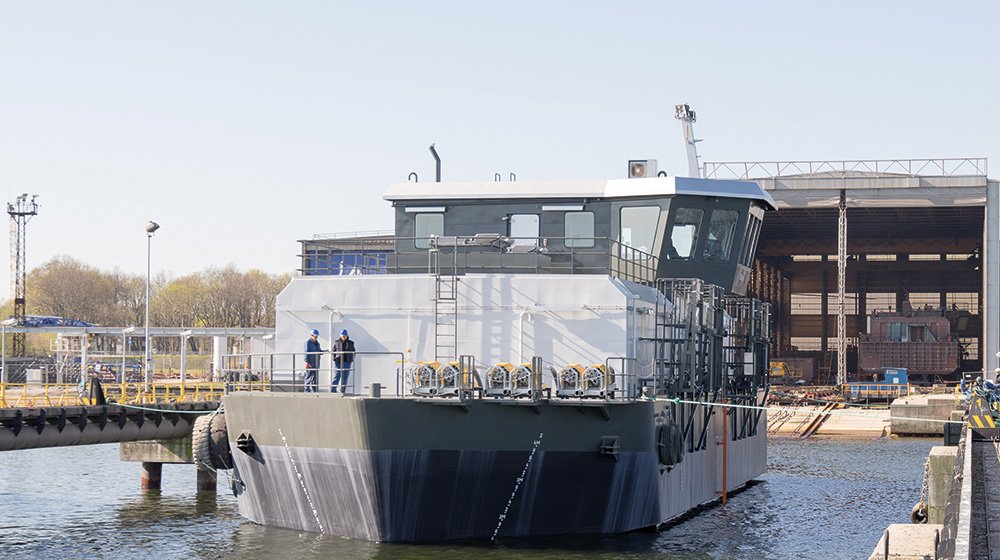
So, you have decided to invest in a new feed barge, but do you know precisely what kind of barge are you looking for? In this post, we will share our experiences and thoughts on the process of purchasing a feed barge tailored to suit your needs. Our clients all have different approaches. Some choose to set up a detailed specification and then call for tenders from a few suppliers. Others choose to engage in dialogue with one or a selected group of suppliers to negotiate a specification.
No matter how one chooses to proceed, it will always be profitable to involve your supplier from the start. The specification defines the terms for the upcoming project; thus, it’s critical that you get a solid overview of available technology and what will be the recommended solutions for your unique situation.
In our opinion, opening a preliminary project with one supplier is the best way to start the process. During the preliminary project, you will discuss the plan for the feed barge and how to fulfill both short- and long-term needs. The supplier will help you define what you need based on your goals and the physical factors at the site.
The preliminary project will typically help you define what you need to run the site optimally, with requirements for, e.g.:
• Feed system
• Storage
• Logistical needs
• Physical work conditions
• Control room
• Energy solution
• Safety equipment
• Silage system
• Adjacent systems, like cameras and sensors
• Choice of material
During the initial dialogue, an experienced supplier will look into the features you describe and make a sound assessment about how they fit your purposes. For instance, you may not need a feed barge dimensioned to withstand five meters significant wave heights; thus, you can alter the requirements and lower the budget. This example is from a dialogue with one of our clients. Based on this decision alone, they saved between 5-6 million NOK.
Remember also to include a suitable training package in the specification. Proper training will promote correct use of the equipment on the barge and pave the way for safe and efficient operations. A fact we cannot emphasize enough although we experience that many tend to overlook training during the initial phase. The result is often inadequate and flimsy training solutions that are not properly based on the customer’s needs.
Furthermore, it’s also vital to define a plan for maintenance. Not only do service and maintenance make up a significant part of the costs related to the barge but are also critical to ensure a long lifespan and operational reliability. Take time to consider what you require from a maintenance plan and how it will fit with your day-to-day operations.
For more information, please download our guide «6 steps for choosing the right feed barge”.
{{cta('5adf1d13-40b4-46b9-9102-315aa95343f2')}}